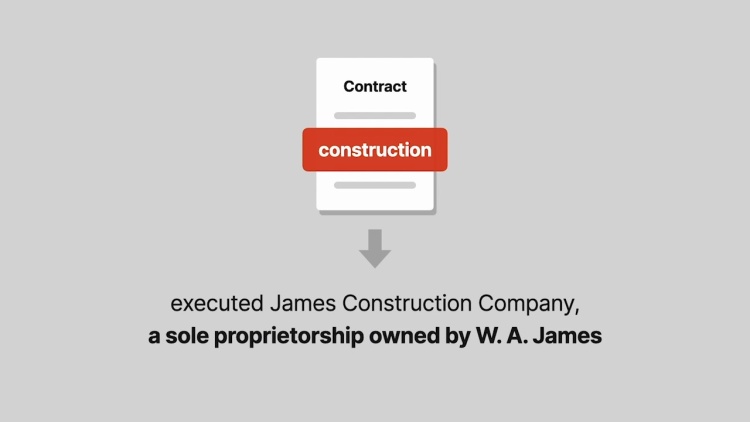Talbot v. James
South Carolina Supreme Court
259 S.C. 73, 190 S.E.2d 759 (1972)
- Written by John Caddell, JD
Facts
C.N. Talbot (Talbot) (plaintiff), Lula Talbot (plaintiff), and W.A. James (defendant) formed Chicora Apartments, Inc. in 1963. The purpose of the corporation was to build and operate an apartment complex. James negotiated for a construction loan that was to be insured by the Federal Housing Administration (FHA). The board of Chicora Apartments, which consisted of James and Talbot, passed a resolution authorizing James to enter into the loan agreement and any other agreement FHA might require, including a construction agreement. The next day, on November 6, 1963, James executed a contract on behalf of Chicory Apartments with James Construction, which was James’ personal construction company. James ultimately received $25,025 from the loan proceeds as payment for his company’s work. The structure was completed in July 1964. By 1968 the business was in distress, and James and Talbot disagreed about its future direction. James himself took control of day-to-day management, replacing the manager Talbot had hired. Talbot then discovered the contract with James Construction, and sued for an accounting. At trial, James testified that he had informed Talbot that he would do the construction himself, though this was not reflected in the minutes. Talbot testified that he was not informed of the contract. A master at the trial court level credited Talbot’s testimony and found that James was not entitled to the money his company earned from the construction contract. The appellate court reversed. The Talbots now appeal.
Rule of Law
Issue
Holding and Reasoning (Moss, C.J.)
Dissent (Bussey, J.)
What to do next…
Here's why 899,000 law students have relied on our case briefs:
- Written by law professors and practitioners, not other law students. 47,000 briefs, keyed to 994 casebooks. Top-notch customer support.
- The right amount of information, includes the facts, issues, rule of law, holding and reasoning, and any concurrences and dissents.
- Access in your classes, works on your mobile and tablet. Massive library of related video lessons and high quality multiple-choice questions.
- Easy to use, uniform format for every case brief. Written in plain English, not in legalese. Our briefs summarize and simplify; they don’t just repeat the court’s language.





